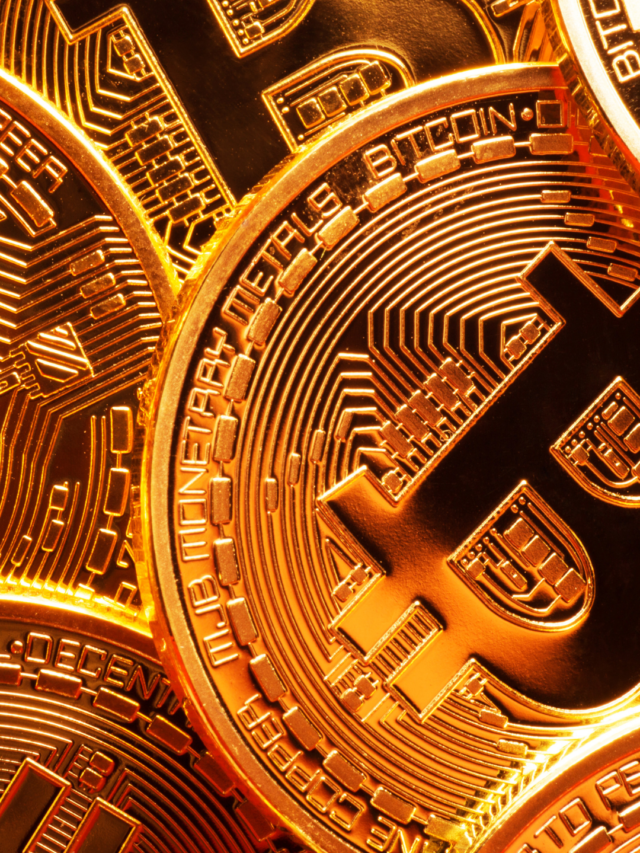
Solana co-founder Anatoly Yakovenko has sparked discussions within the crypto community by exploring Ethereum’s potential as a layer-2 (L2) solution for the Solana blockchain. Yakovenko’s proposal has attracted attention due to its implications for asset security and interoperability between the two platforms.
Layer-2 solutions serve as bridge protocols offering one-way security. In this case, if implemented, Ethereum would act as an L2 protocol for Solana, providing holders of SOL assets on Ethereum with finality guarantees for a safe exit back to Solana. Even in situations involving double spending or invalid state transitions on Ethereum, SOL asset holders would be able to recover their assets securely.
To make this integration work, Yakovenko suggests a three-step process. Firstly, all Ethereum transactions would need to be submitted into Solana, ensuring interoperability. Secondly, a Simplified Payment Verification (SPV) root for the resulting state would be submitted, which acts as evidence of consensus among Ethereum validators regarding the network’s state. Lastly, a bridge timeout mechanism would be implemented to detect and rectify errors in the bridge protocol [2].
While Yakovenko’s proposal offers exciting possibilities, certain caveats and risks need to be considered. Although it would be safe to hold SOL assets on Ethereum, caution is advised against lending or engaging in speculative actions with these assets. This is due to the potential separation of Ethereum’s state on Solana from the Ethereum social consensus fork in the event of an Ethereum fault. In such a scenario, Solana users could retrieve their assets, but their representations on Ethereum would become worthless.
The proposal has ignited a spirited discourse within the crypto community, with experts and enthusiasts exploring the implications for the decentralized finance (DeFi) ecosystem. By leveraging Ethereum’s capabilities as a layer-2 solution, Solana could enhance asset security and promote interoperability between the two platforms. However, it is crucial to incorporate essential features such as publishing Ethereum transactions to the SOL blockchain, establishing an SPV Route for Ethereum consensus signatures, and implementing a bridge timeout mechanism to ensure seamless compatibility [1][3].
The proposal’s impact on the DeFi ecosystem remains a focal point of exploration, presenting both opportunities and potential challenges. As scalability issues continue to plague blockchain networks like Ethereum, exploring layer-2 solutions has become crucial for improving transaction throughput and reducing costs. Solana co-founder Anatoly Yakovenko’s proposal to use Ethereum as a layer-2 solution for the Solana blockchain presents an intriguing possibility for enhancing asset security and interoperability between the two platforms [1].
Yakovenko’s proposal suggests a three-step process to integrate Ethereum as an L2 protocol for Solana. First, Ethereum transactions would need to be submitted into Solana, ensuring seamless interoperability. Second, a Simplified Payment Verification (SPV) root for the resulting state would be submitted, serving as evidence of consensus among Ethereum validators regarding the network’s state. Lastly, a bridge timeout mechanism would be implemented to detect and rectify errors in the bridge protocol [2].
While the proposal presents exciting possibilities, it also raises certain caveats and risks. It is important to exercise caution when it comes to lending or engaging in speculative actions with SOL assets on Ethereum, as the separation of Ethereum’s state on Solana from the Ethereum social consensus fork could render SOL representations on Ethereum worthless in the event of an Ethereum fault.
The proposal has sparked vigorous discussions within the crypto community, with experts and enthusiasts analyzing the potential impact on the decentralized finance (DeFi) ecosystem. Leveraging Ethereum’s capabilities as a layer-2 solution could enhance asset security and promote interoperability between Solana and Ethereum. However, it is crucial to incorporate key features such as publishing Ethereum transactions to the SOL blockchain, establishing an SPV route for Ethereum consensus signatures, and implementing a bridge timeout mechanism to ensure seamless compatibility [1][3].
While this proposal is focused on the potential integration of Ethereum as a layer-2 solution for the Solana blockchain, it is important to note that other layer-2 solutions exist in the market. These solutions aim to address scalability and cost issues by processing transactions off-chain while still benefiting from the security of the underlying blockchain. Examples of layer-2 solutions include Lightning Network for Bitcoin and Optimistic Rollups for Ethereum. Each of these solutions has its own unique features and trade-offs, and the choice of a layer-2 solution depends on the specific requirements of the blockchain network and its use cases.
As the crypto space continues to evolve, exploring innovative solutions like layer-2 protocols will play a vital role in addressing the scalability challenges faced by blockchain networks. Whether it is through the integration of Ethereum as a layer-2 solution for Solana or the adoption of other layer-2 solutions, the aim is to create a more efficient and scalable infrastructure that can support the growing demands of decentralized applications and the broader blockchain ecosystem.
References:
[1] Solana Co-Founder Says Ethereum Could Be Layer-2 for SOL
[2] Solana, co-founder, explores Ethereum’s potential as layer-2 solution for SOL
[3] Solana Labs Co-Founder Explores Ethereum as a Layer 2 Solution for Solana









 Join our Telegram Channel
Join our Telegram Channel